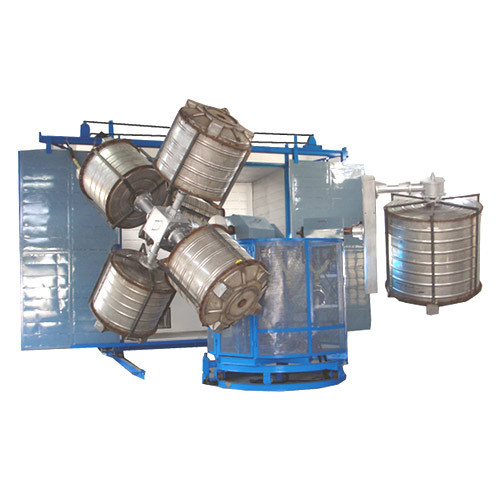Rotational molding, also known as rotomolding, is actually a adaptable producing approach utilized to make hollow plastic-type material elements. From business tanks and packing containers to toys and leisure time gear, rotomolding delivers a cost-effective solution for making a wide array of goods. Here’s all you need to understand about this innovative production strategy.
How Rotomolding Works
Rotomolding requires four key steps: mold packing, heating system, air conditioning, and portion eradication.
Mold Reloading: A accurate level of polymer resin in powder type is jam-packed in a hollow mildew.
Warming: The mold is rotated biaxially within an oven although being heated. As the fungus rotates, the powder resin layers the inner surface, melting and generating a uniform coating. The warmth causes the resin to fuse and follow the mold wall space.
Chilling: As soon as the ideal density is attained, the mold is cooled when still in movement, solidifying the plastic in to the ideal design.
Component Elimination: Right after chilling, the done component is removed through the fungus, all set for just about any required completing touches.
Benefits of Rotomolding
Layout Versatility: Rotomolding provides for intricate forms and intricate patterns to be developed without the need for further tooling or assemblage.
Charge-Efficiency: In comparison to other manufacturing operations like shot molding, rotomolding normally calls for lower upfront tooling fees, so that it is ideal for little to medium production goes.
Substance Versatility: A wide array of polymers can be utilized in rotomolding, including polyethylene, polypropylene, and Pvc material, supplying overall flexibility in materials choice for specific application specifications.
Longevity and Strength: Rotomolded pieces display excellent durability-to-bodyweight ratios, causing them to be suitable for stressful apps for example automotive elements and industrial storage containers.
Applications of Rotomolding
Rotomolding realizes applications across numerous industries:
Automotive: Gasoline tanks, air flow ductwork, and inside parts.
Industrial: Storage tanks, agricultural storage containers, and substance handling equipment.
